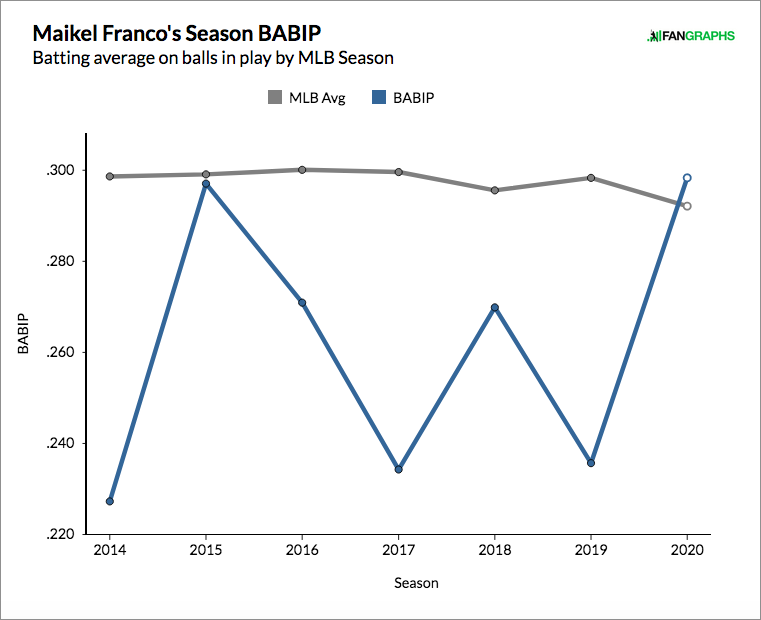Effectively Wild Episode 1669: Season Preview Series: Braves and Mariners

Ben Lindbergh and Meg Rowley attempt to make sense of unsightly spring training uniforms, then preview the 2021 Braves (08:42) with Grant McAuley of From The Diamond and the 2021 Mariners (45:27) with Ryan Divish of the Seattle Times.
Audio intro: Ken Stringfellow, "Uniforms"
Audio interstitial: Anti-Flag, "20 Years of Hell"
Audio outro: Jethro Tull, "Uniform"
Link to Meg’s tweet about the Padres’ uniforms
Link to Uni Watch on the St. Patrick’s Day unis
Link to Mike Petriello on the Braves’ projections
Link to Petriello on Tatis/Acuña/Soto
Link to Craig Goldstein on Fried
Link to study on Cobb County
Link to Neil deMause on the Cobb County study
Link to From The Diamond
Link to BP Mariners preview
Link to Rodríguez homer video
Link to Ryan on the Rodríguez homer
Link to Ryan on Kelenic and Mather
Link to Ryan on Kelenic’s injury
Link to Ryan on Dunn and spring training clichés
Link to Dan Szymborski’s hitter bust candidates
Link to Ryan on Kikuchi
Link to Ryan on the pandemic and the M’s rebuild
![]() iTunes Feed (Please rate and review us!)
iTunes Feed (Please rate and review us!)
![]() Sponsor Us on Patreon
Sponsor Us on Patreon
![]() Facebook Group
Facebook Group
![]() Effectively Wild Wiki
Effectively Wild Wiki
![]() Twitter Account
Twitter Account
![]() Get Our Merch!
Get Our Merch!
![]() Email Us: podcast@fangraphs.com
Email Us: podcast@fangraphs.com
Podcast (effectively-wild): Play in new window | Download
Subscribe: RSS

